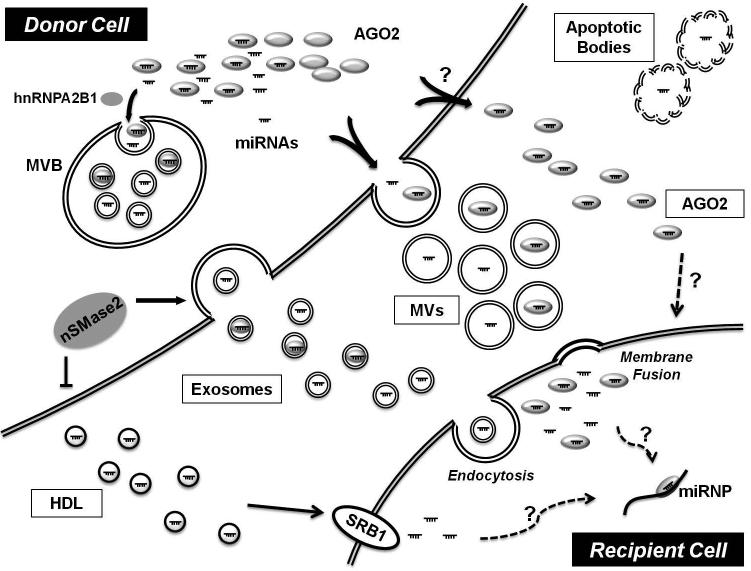Figure 1. Schematic representation of intercellular communication of miRNAs.
Circulating miRNAs are protected from degradation by several extracellular miRNA carriers, which include membrane-derived vesicles such as exosomes, microvesicles (MVs), or apoptotic bodies, and RNA-binding proteins such as Argonaute 2 protein (AGO2), or high-density lipoprotein (HDL). Exosomes are secreted by the fusion of multivesicular bodies (MVB) and the plasma membrane. MVs are released through outward budding of the plasma membrane. Sumoylated heterogenous nuclear ribonucleoprotein A2B1 (hnRNPA2B1) controls the loading of miRNAs into exosomes through the recognition of specific motif present in miRNAs. Moreover, neutral sphingomyelinase 2 (nSMase2) regulates the ceramide-dependent release of exosomes carrying these miRNAs. Membrane vesicles are delivered by endocytosis or membrane fusion. HDL-associated miRNAs are selectively transferred via scavenger receptor class B type 1 (SR-B1). miRNP = microRNA ribonucleoprotein complex.

